This is enough to convince me that I should go for the upper end or 0.003" clearance. So far the bike starts surprisingly easy though. If I had not removed the valve cover to check valve clearances I may not have noticed the major oil leak until numerous miles into my first actual road excursion. For now I'm thinking it makes more sense to buy a front tire for instance instead of a set of valve shims .002" thinner than what I have now.
I don't have an unlimited budget and hopefully I don't have to spend a lot, in order to make this bike reliable. Not perfect but a good bi-weekly commuter. Right now, I'm more concerned about the oil leak and oil soaked shoes & pants, than I am about the valve clearances. Will definitely be checking into the tach drive, where it enters the head.
Charles, I should have thanked you for the metric feeler gauge link. Like I said, it's been a long day. Yes, I have the Factory Service Manual I downloaded from Cliff's website.
2BRacing, I am very thankful you spotted where the oil seems to be originating from is not necessarily the head gasket but above that and likely the tach drive entry point. The oil on the exhaust tubes was spillover after I had removed the valve cover. The gritty, grimy, greasy film of oil on the aluminum is 100% from a leak. These pictures show how the leaking oil has migrated around the engine, between the fins where the head meets the block :

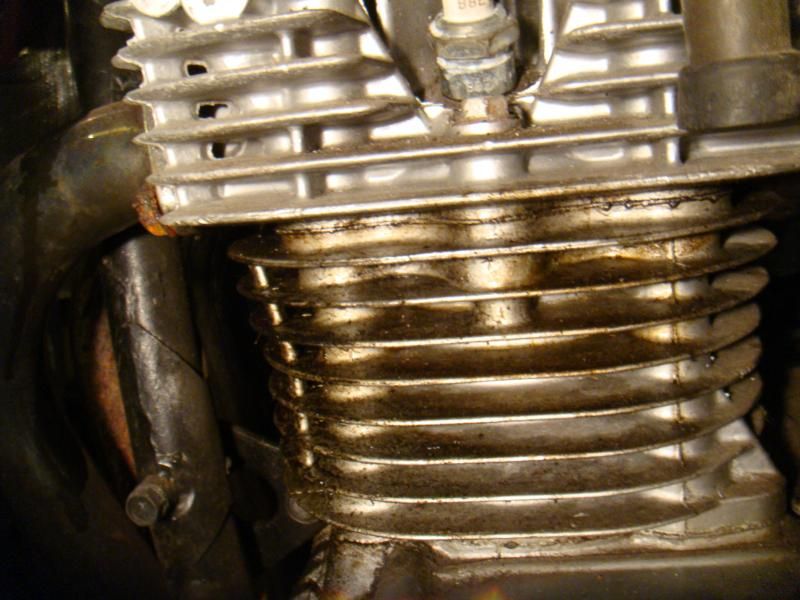


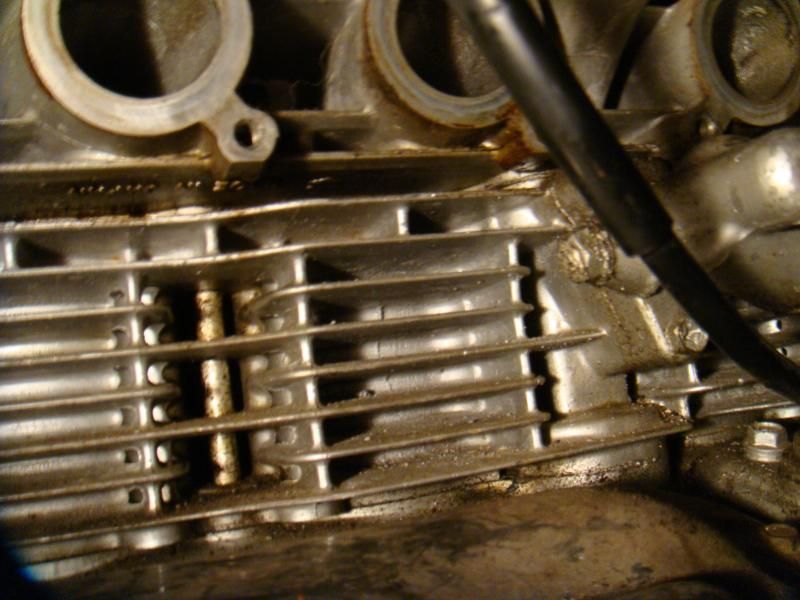

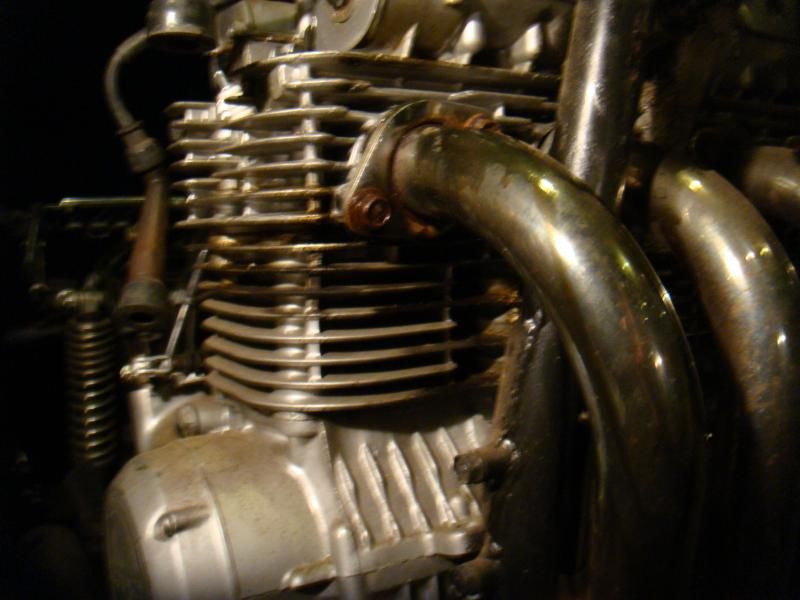
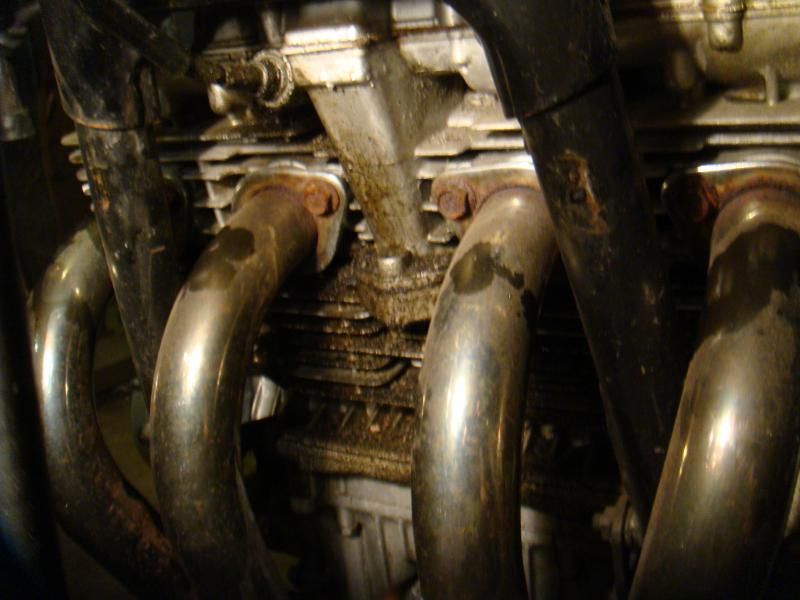
Speaking of carb O-rings ... I guess i know what it feels like to hear "I told you so" :
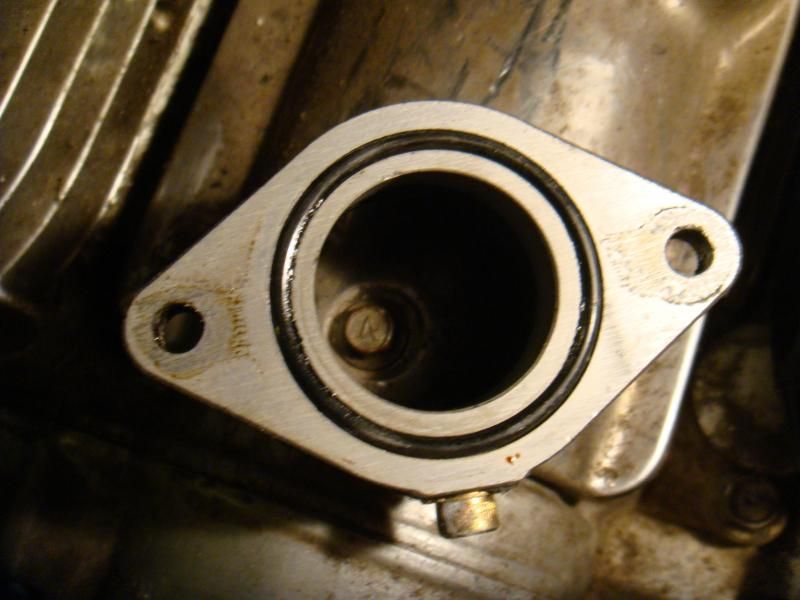

A few more tasty photos will get posted tomorrow. I'm BEAT and have a little less than a week and a half to get this thing roadworthy ... or get laughed at.
.png)

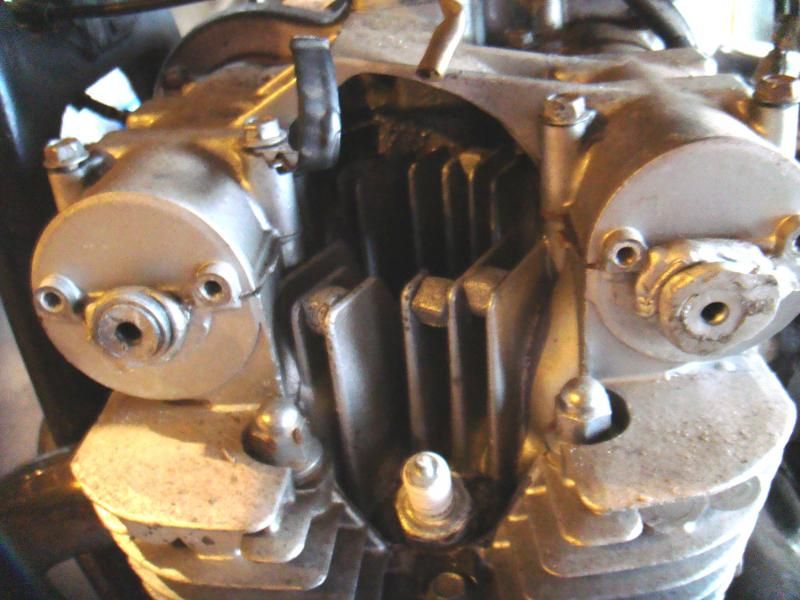
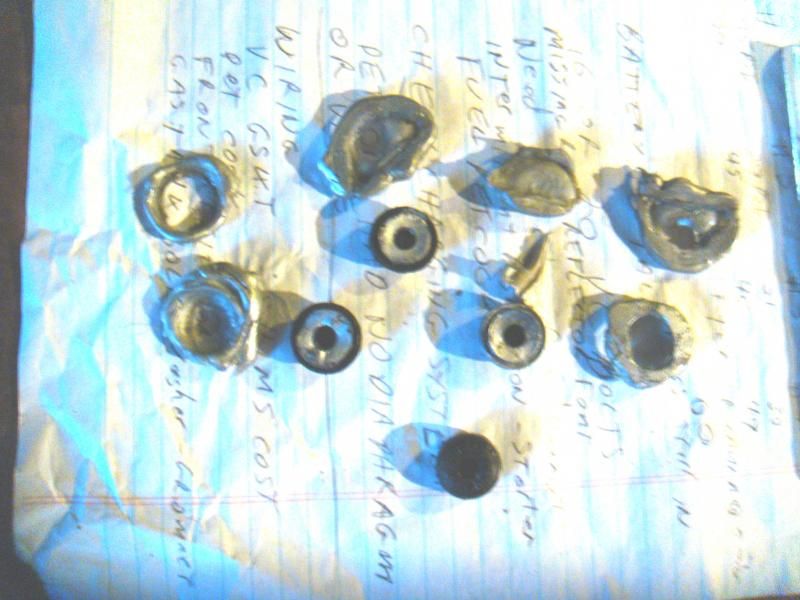
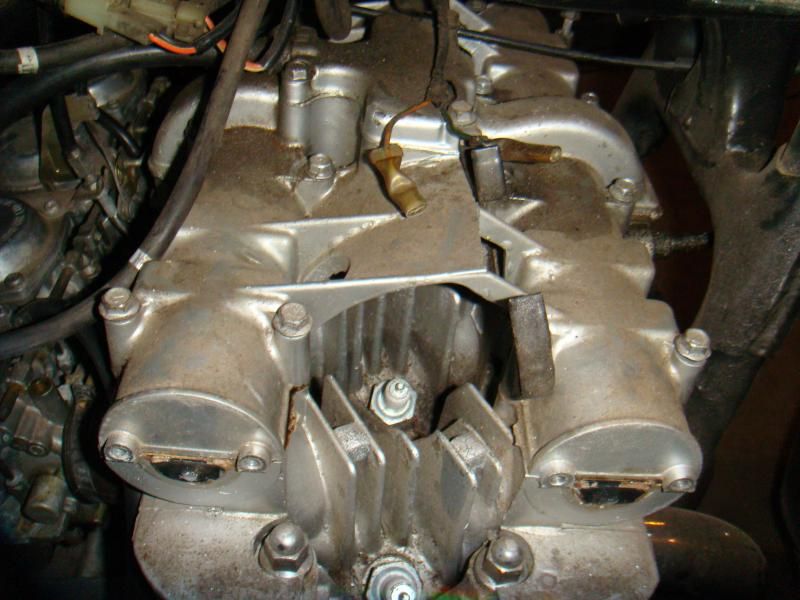
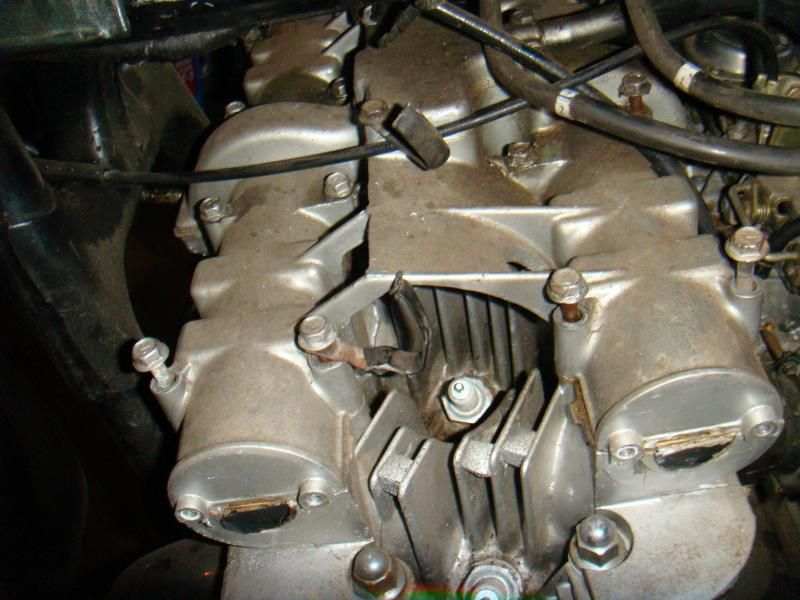

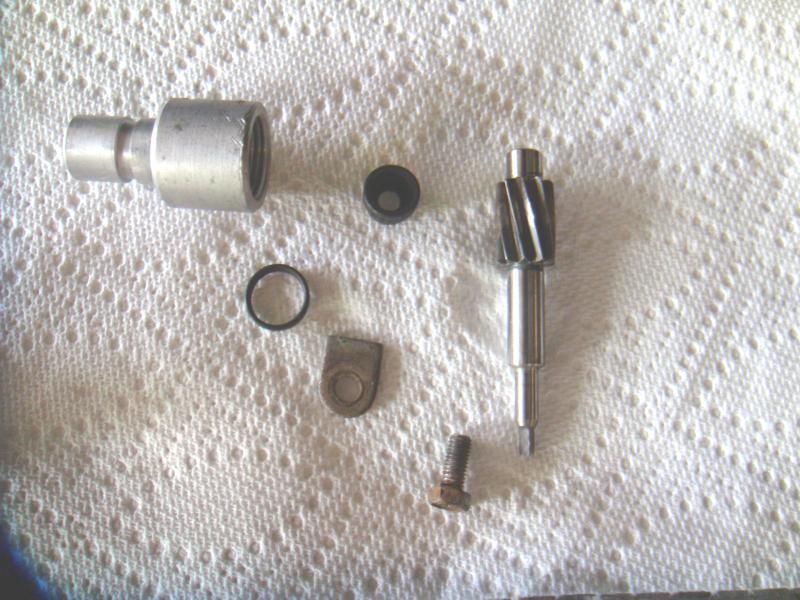
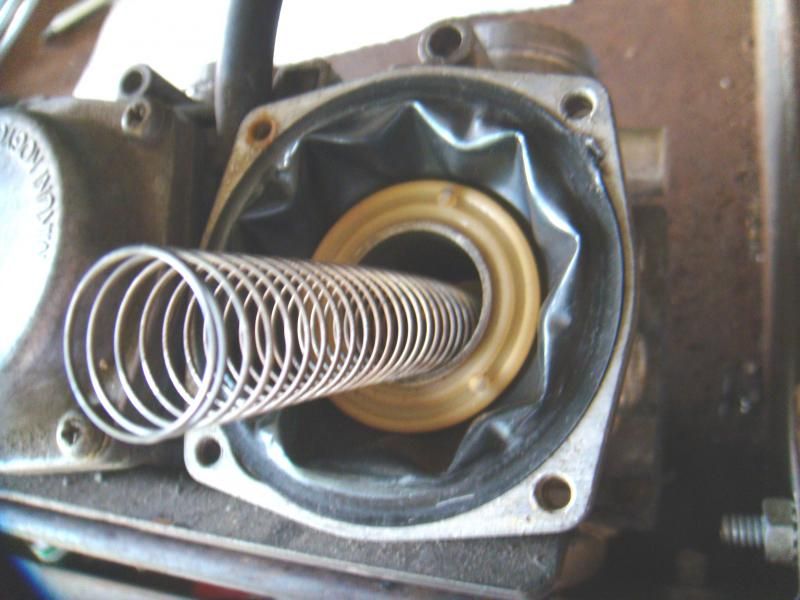
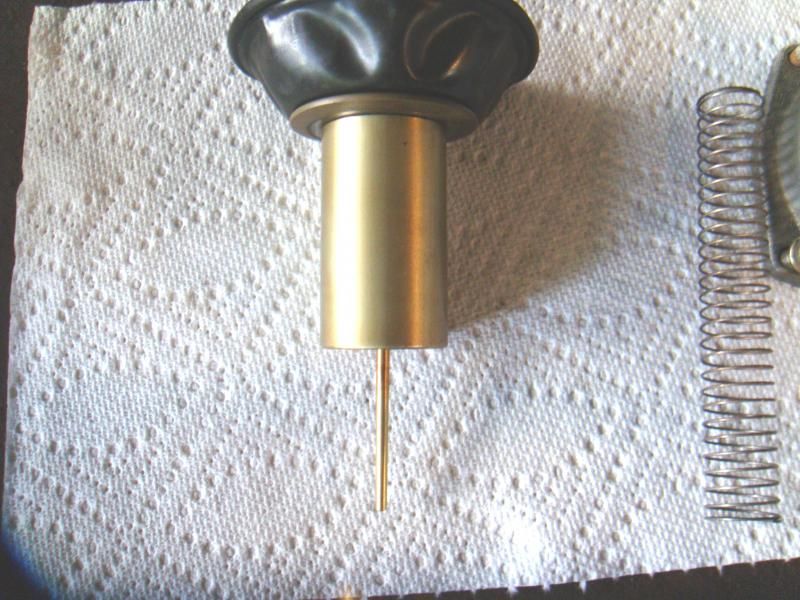
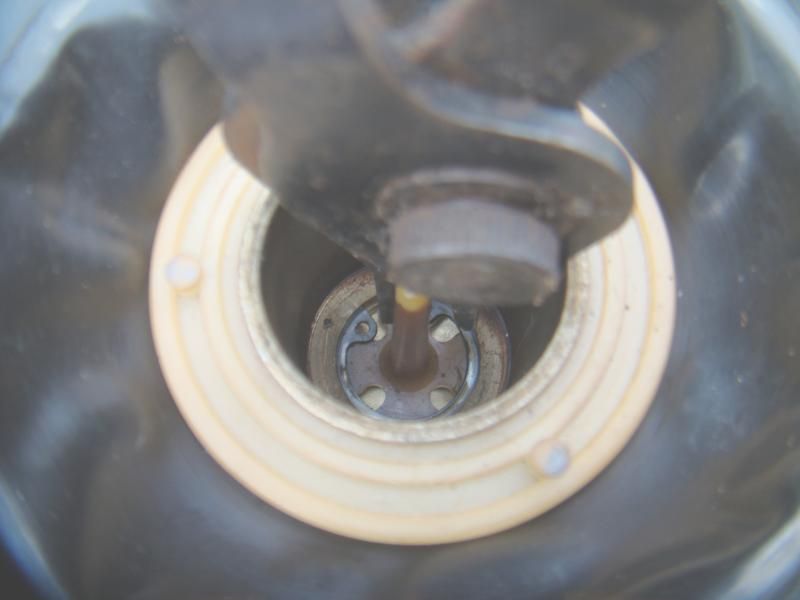
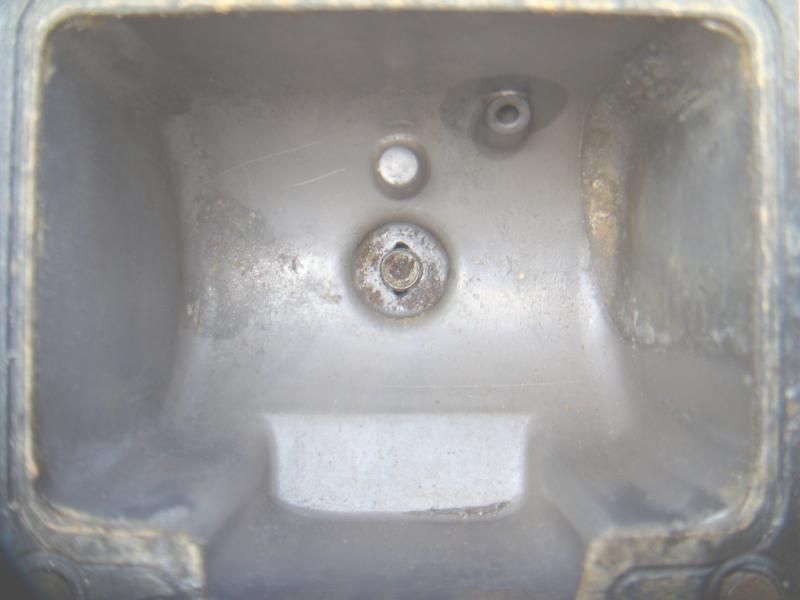

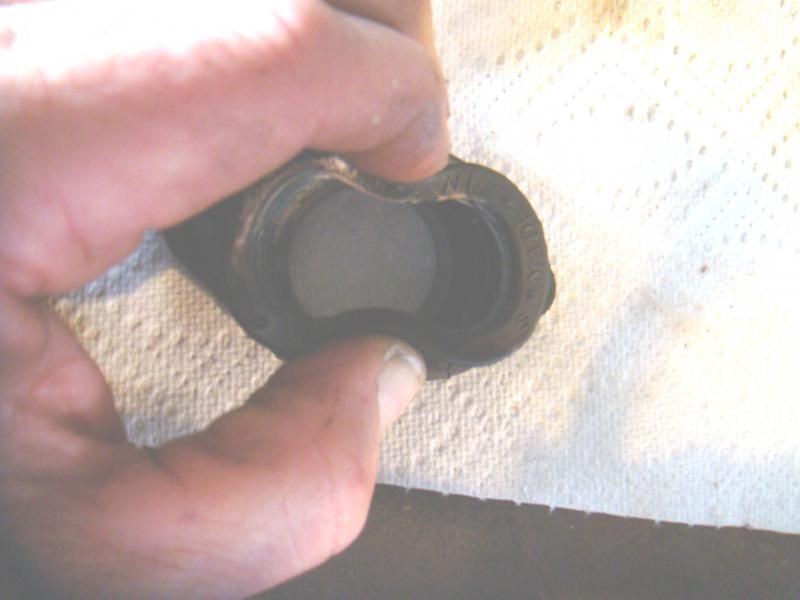
 It's not a bad idea to run an inline gas filter to catch any crap. Also I noticed in the pics, do you have that rubber plug that goes over the pilot jet orfice? If not you need one. Good luck! I'm dealing with my own first 850g
It's not a bad idea to run an inline gas filter to catch any crap. Also I noticed in the pics, do you have that rubber plug that goes over the pilot jet orfice? If not you need one. Good luck! I'm dealing with my own first 850g
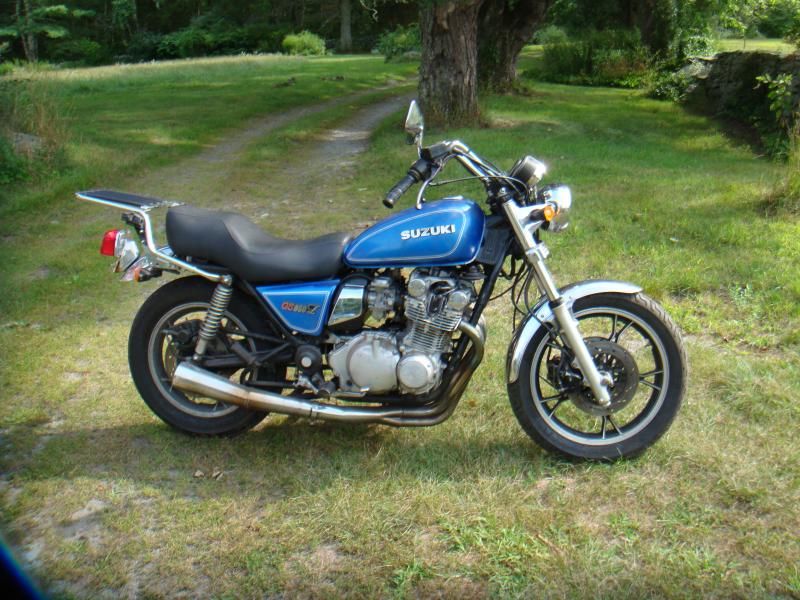

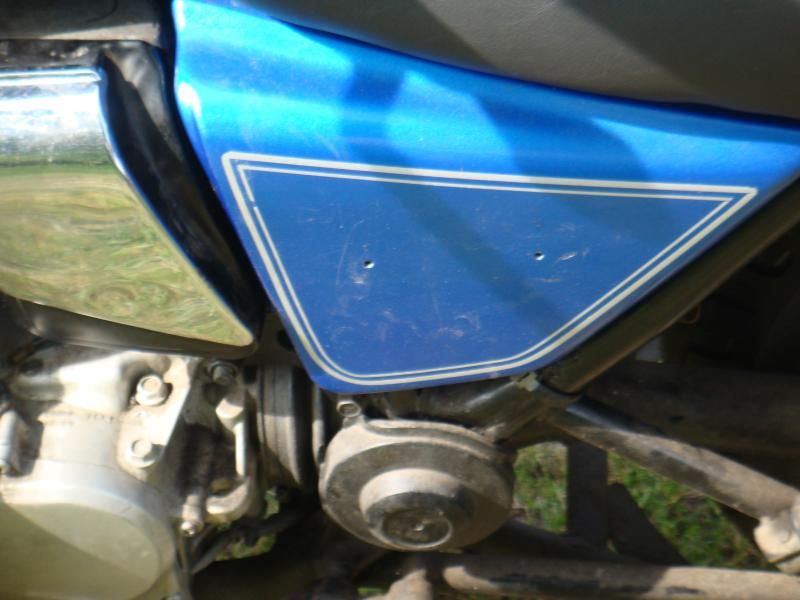
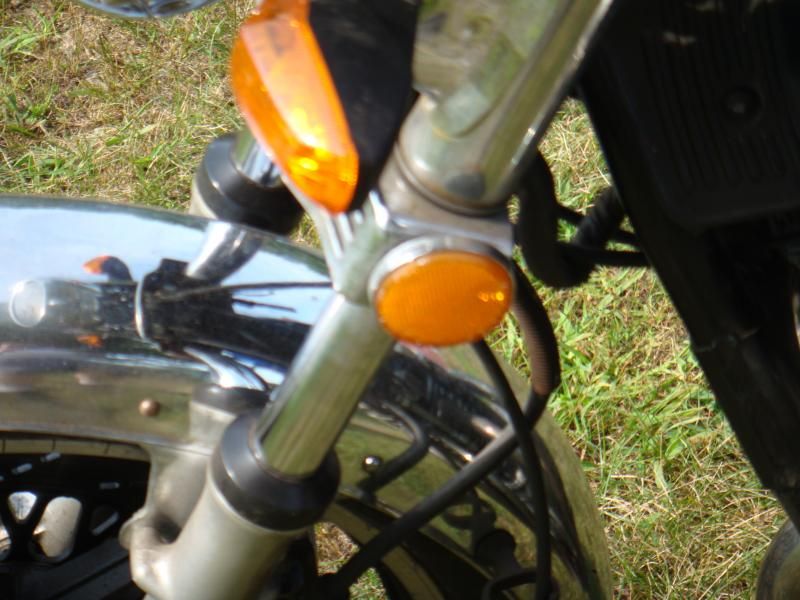


Comment